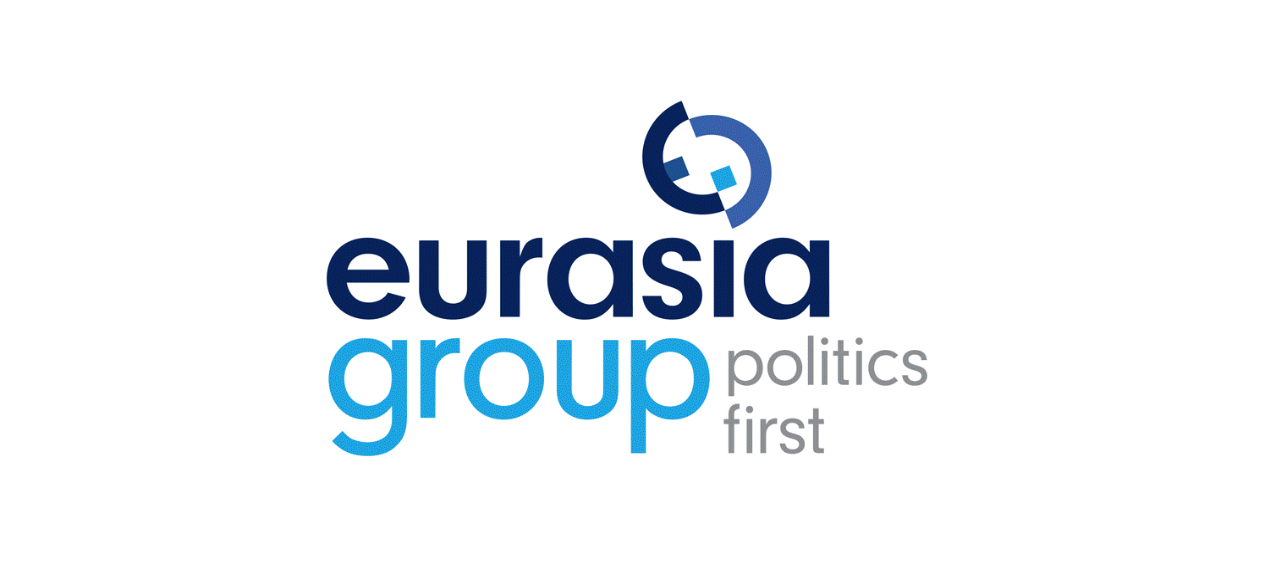
Demand driving brands are built from the inside out
November 25, 2012
I’m just flying back from a 10-day trip to the UK and Portugal where I was working with a very special client helping them to engage their organization to drive demand across their markets. During this second annual planning session, we worked through the process of reassessing, validating and refining strategy, reviewed progress against key initiatives and forged plans for the coming year.
Once again, I have come away totally reinvigorated by what can happen when an organization is engaged and focused on achieving something special. The power of building and sustaining this united force is inspiring and reminds me on this long flight home exactly why I’ve been doing this work for 30 years.
Over the years, I’ve had the chance to work on some very important initiatives. In each case, I’ve been part of a team that built a solid strategy, an engaging communications system and a powerful action plan. Some of this work has been amongst the best I’ve produced over the span of my career. Yet in spite of the quality of our work, a few of these programs never achieved the results we believed they were capable of producing.
It drove me crazy then as to why. In retrospect, it is clear to me now that the difference between great success and modest results comes down to a single common denominator. The most successful demand driving programs resulted when the organization united behind a powerful strategic idea and worked through thin and thick to deliver that value to their marketplace.
There’s no question that success requires a solid demand driving strategy – one that uncovers opportunities to be relevant and distinctive in a marketplace offering significant potential for growth. But the difference lies in the ability to inspire the organization to do all it takes to seize that opportunity.
It’s much more than getting people to nod their heads in intellectual agreement. You obviously must be sure that the opportunity marries well with the organization’s capabilities and that the leadership team believes that the organization can truly deliver what will be required to achieve success. This assures you of at least modest success.
The difference lies in getting the organization excited by the opportunity and inspired by the chance to do something quite special. We’ve all seen the power of a team that believes it is destined to achieve something special. Whether it be sports, politics or business, the team that rallies around a distinct purpose achieves superior results.
The magic challenge then is to find that allusive ingredient that will be the catalyst for such inspired performance.
In my work, this ingredient often comes down to a focus on what the team does that makes them the most proud of their role in the organization and the value they deliver to their world.
My friend Gordon Johnson introduced me to a process that has been foolproof in uncovering such a basis for building inspiring strategies. This process is elegant both in its simplicity and its ability to get people to focus on what they’re doing when they’re at their very best.
Within this framework, we forge team engagement by getting members to think through and discuss three simple questions:
- On your very best day serving your customer, client, consumer or colleague, what were you doing that made you the most proud of the value you were delivering?
- What do you need to do more of to ensure you can realize that feeling more often?
- What do you need to do less of that keeps you from doing what makes you the proudest?
This is exactly the process we used in our sessions over the past several days in the UK and Portugal.
The content that grows out of these discussions provides the foundation for building internal communications and customer experience programs that drive inspired performance. It unleashes people to think about what could be and it builds consensus around an inspiring sense of purpose. I’m amazed at the level of engagement that results from this process.
As always, we’ll keep testing and honing this approach to achieve our desired results. As we move thorough this journey, I may come across something even better. But, for now, this process will be core to every demand driving strategy my clients and I build together.
Posted under: Demand Driving Strategy, Internal Brand Engagement

Rethinking Branding Architecture to Better Drive Demand
November 15, 2012
I have a good friend and colleague who never met a branding architecture challenge that wasn’t best solved through a masterbrand. Unfortunately, his view is not unique in the world of branding.
The branding profession has long held that a masterbrand approach is the superior solution for the majority of branding architecture challenges. Why not? This approach is the most efficient, most economical, most consistent, easiest to manage and sustain.
All very good reasons, but if the mission is to drive growth by managing demand, these are not the most important factors to consider when selecting the branding architecture right for the future.
There is no question that in some very specific cases, a pure masterbranded system is best. Masterbrands are perfect for mono-line service offerings that can easily convey distinctive value under a single powerful brand. In these cases, a masterbrand can be powerful demand driving catalyst.
However, as soon as the organization needs to feature individual aspects within an umbrella offer to drive new demand, a masterbrand becomes an impediment to establishing a differentiated presence in the marketplace.
Look at the big banks today. For years the branding profession advised these organizations to roll-up acquired entities into a single overarching positioning and brand. The rationale – consistency, efficiency and brand spend leverage. The result – homogenized units, struggling to make the best of lowest common denominator positionings while steadily losing ground to more focused, relevant and agile competitors.
Can you name a single, distinctive, demand driving banking brand today? It’s hard. These once great brands have become mere commodities under all inclusive, diluted masterbrands.
As organizations shift perspective from branding for consistency to branding to drive demand, conventional branding architecture theory must be rethought.
The most successful organizations realize that to drive demand today, they must effectively orchestrate at least three levels of branding – the brand of their representative in the customer relationship, the brand of the product or line of business and the corporate brand.
Each of these levels plays a very important role in fulfilling the drivers of demand in today’s markets. The corporate brand helps establish the foundation of trust so critical to the formation of any customer relationship. The product or business unit brand helps build the competency credibility necessary for relationship development. The representative brand establishes the sense of empathy or understanding that customers need as they are solidifying their choice. Ultimately, all three levels of brand combine to convey the sense that the brand can truly help customers in achieving their ultimate objective for the relationship.
Today’s branding architectures must allow each of these levels of branding to fulfill their roles, both individually and collectively. Conventional, one-dimensional masterbrand thinking won’t satisfy this need. There’s room for a significant rethink and much new innovation around types of architecture relationships and better orchestration throughout the critical stages of the customer decision-making process.
As we transform our frame of reference to catalyzing demand, the things we’ve done all along often come up quite short. There’s so much more the branding profession can do to help clients be more successful. This is just when it gets fun. Stay tuned.
Posted under: Branding Architecture, Demand Driving Strategy







